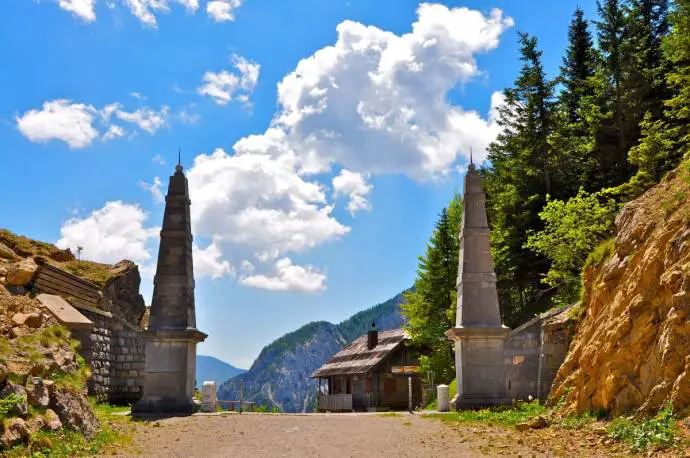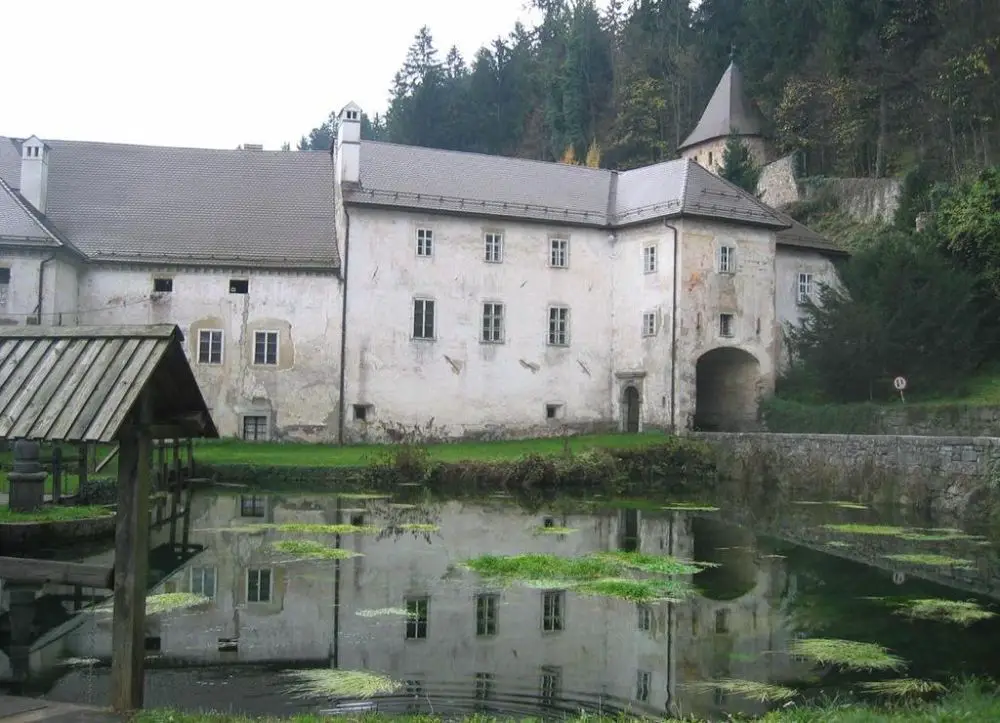January 22, 2018
January 22
In 2004 two Slovenian authors died on same date, Janez Menart, a poet, and Rudi Šeligo, who, apart from writing prose (Agata Scwarzkobler Triptych) and drama, also served as a Minister of Culture in 2000.
January 23
In 1872 Jože Plečnik was born in Ljubljana, Slovenia's most prominent architect.
Before WW2 Plečnik designed several monumental works for Ljubljana, such as National and University Library, Ljubljana marketplace and Žale Cemetery, to list a few.
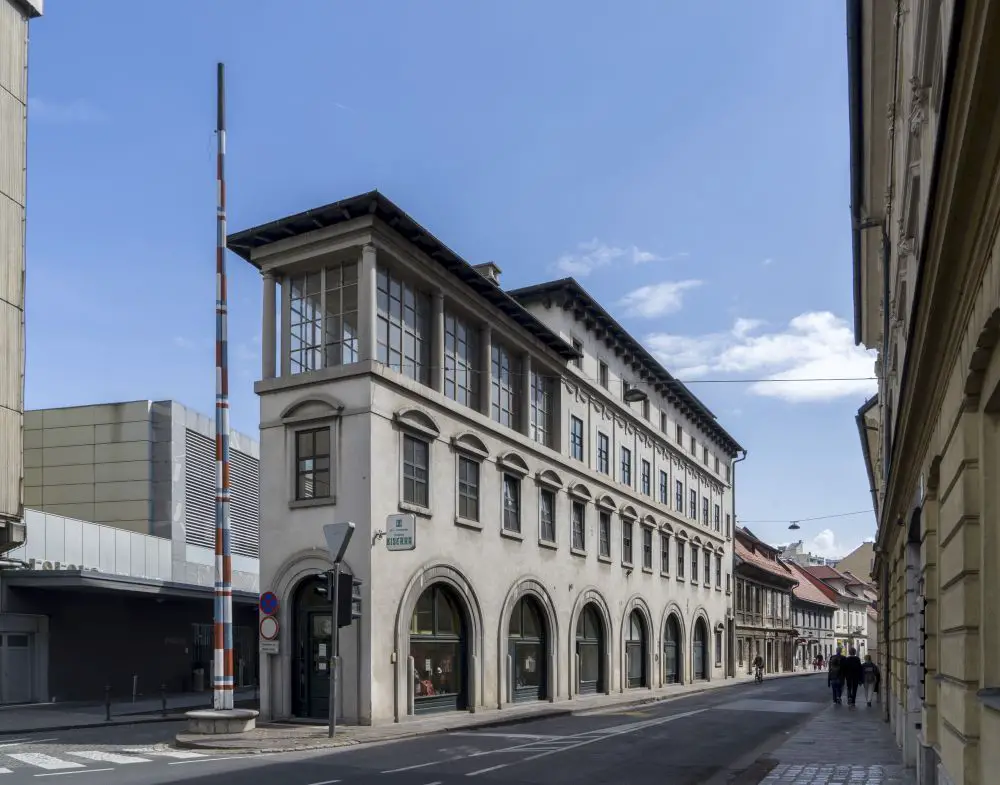
Plečnik's Peglezen (Ironer)
January 24
In 1899 architect Stanislav Rohrman was born in Grm near Novo mesto. Rohrman studied in Prague, Munich and Ljubljana. Two of his most prominent early modernist works from the 1930s in Ljubljana are the Mayer department store at Prešeren Square and Hotel Slon, which already announce his later works in the extended functionalist style, such as the building of the Faculty of Arts, which was completed in 1961.
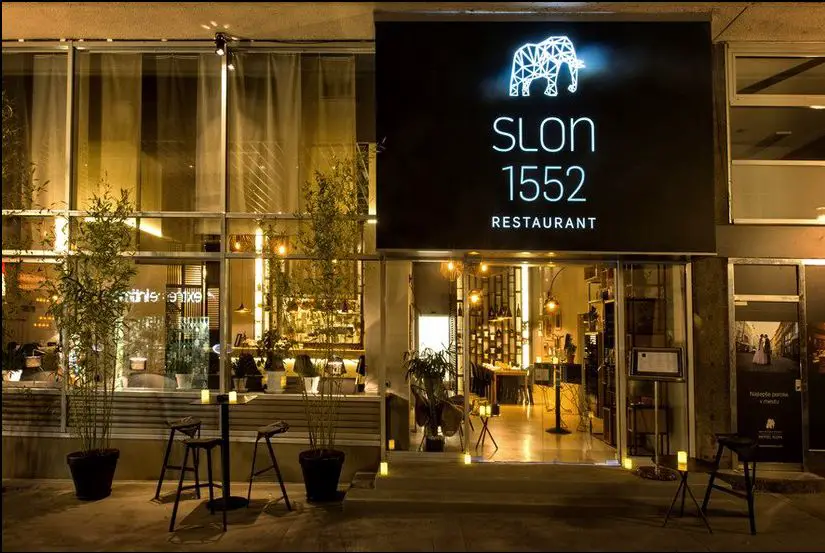
Hotel Slon
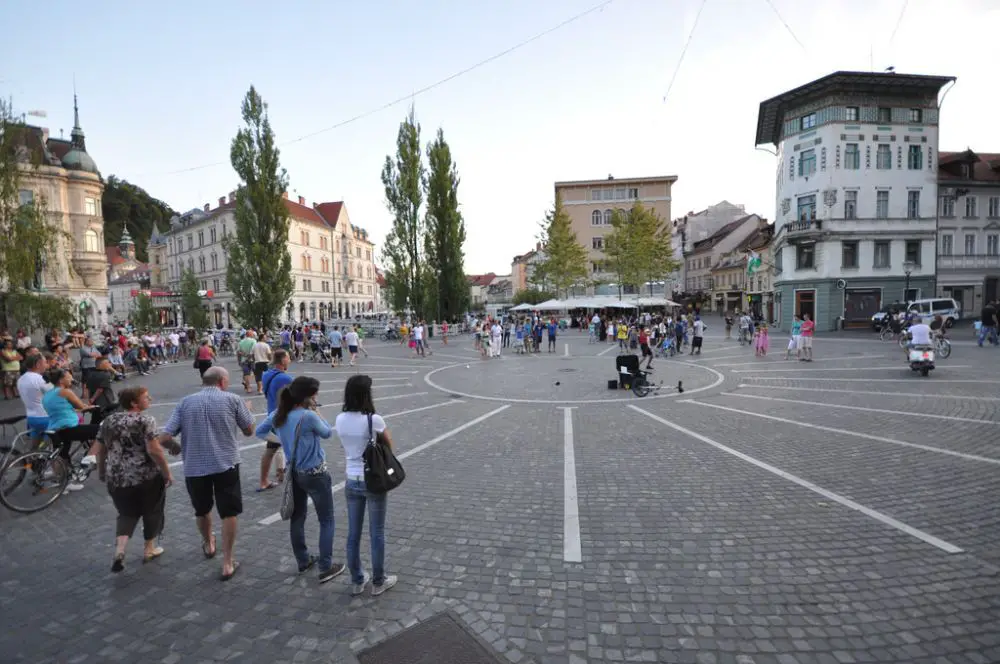
Meyer department store (today bank), in the right-centre of the picture
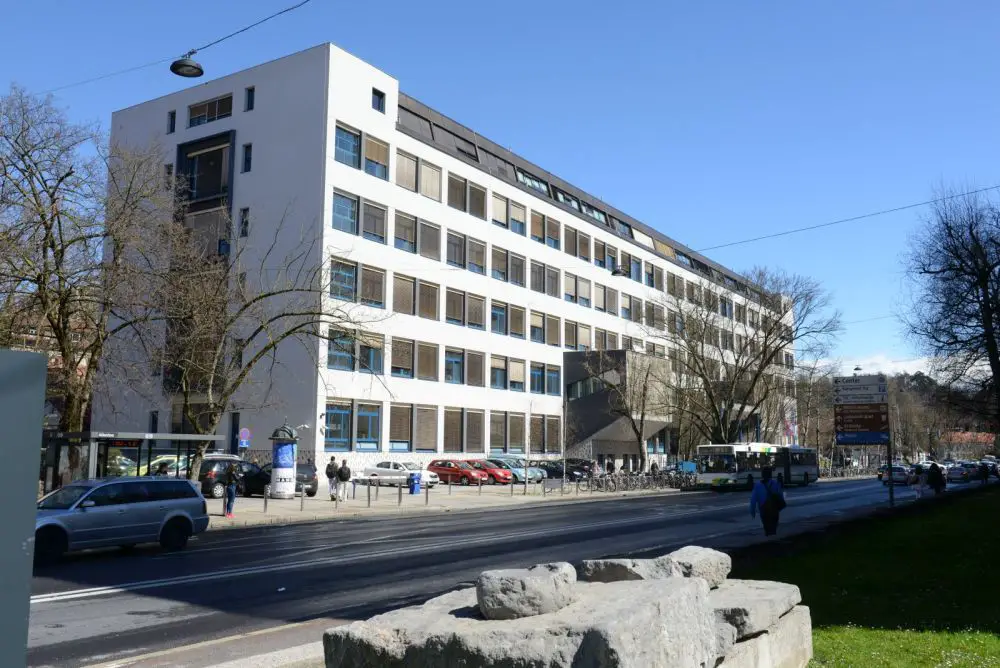
Faculty of arts (filozofska fakulteta)
January 25
In 1348 strong earthquake hit the Zilje valley (Gailtal) in Koroška (Carinthia, AUT). Stones and rocks from the nearby mount Dobrač (Dobratsch), triggered by the earthquake, blocked the river flow and formed a natural dam, which then flooded the Zilje valley and the villages in it 30m high in some places. The earthquake was felt most strongly in the nearby city of Beljak (Villach), where almost all the houses collapsed. Only one earthquake worse than this one has been recorded by local historians. That was the 1511 earthquake in Idrijsko (near Idrija), which was felt in Trieste, Venice and Vienna, and took lives of about 12,000 people.
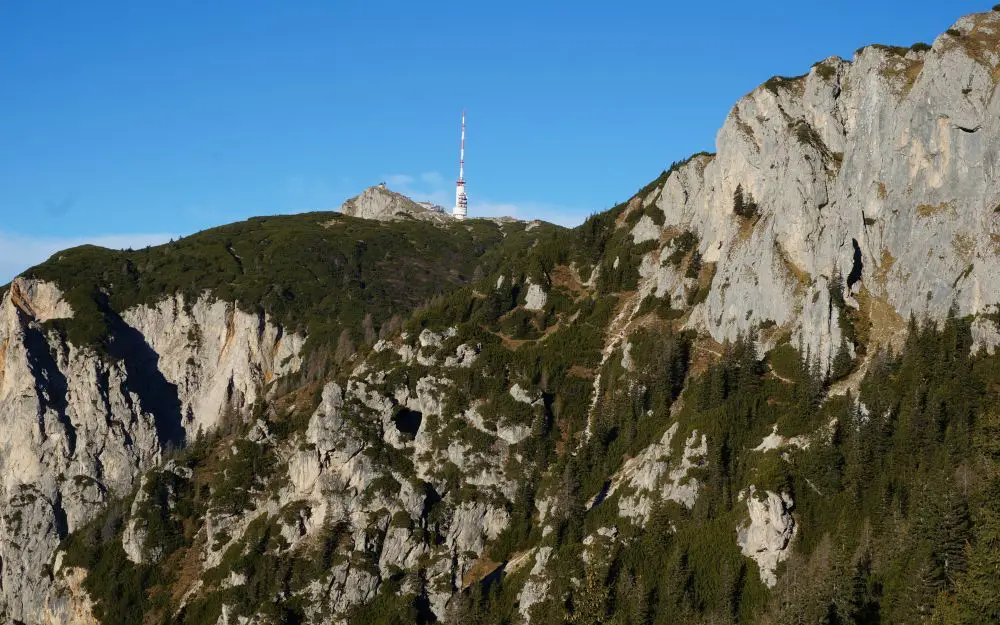
Dobrač, missing chunks of its massive, which went down the valley during the earthquake
January 26
In 1883 painter and illustrator Maksim Gaspari was born in Selšček, near Cerknica. His work, heavily leaning on folk art, has long been very popular among the people, especially in the very accessible form of postcards, as shown below:
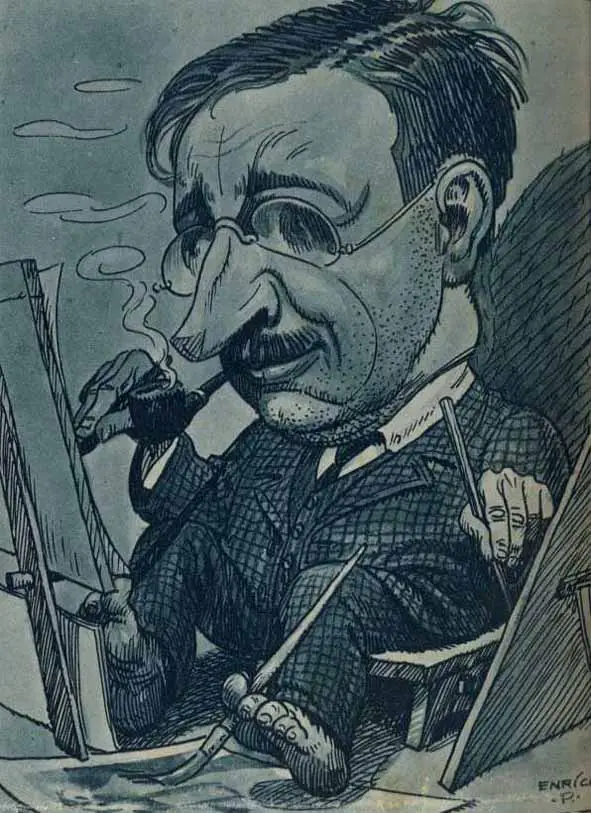
Maxim Gaspari caricature by Hinko Smrekar
January 27
In 1945 the Auschwitz concentration camp was liberated from the Nazis in southern Poland. In four years four and a half million people were brought to Auschwitz and its subsidiaries and, about a million and a half of those did not survive the experience. People from various European countries were sent to Auschwitz, most of them with Jewish backgrounds, including 2,342 Slovenes, of which 1,600 died. A few days before the liberation the Germans started evacuating their prisoners by sending them on a “death march,” so that on the arrival of the Red Army on January 27 there were only 7,000 people found in the camp, among them 21 Slovenian women. January 27 is now the International Holocaust Remembrance Day.
The Ljubelj Working camp, a subsidiary of the Mauthausen extermination camp in Linz, was the only concentration camp in the territory of Slovenia, with the aim of building the Ljubelj tunnel at the Slovenian-Austrian border by the use of forced labour. Most of the initial prisoners, sent from Mauthausen to Ljubelj (Loiblpass in German), were French nationals, which is why the commemorating statue, built in the place of where the camp used to be, reads J’accuse (I accuse). The Ljubelj camp was destroyed by German forces in 1945, when the war was coming to the end.
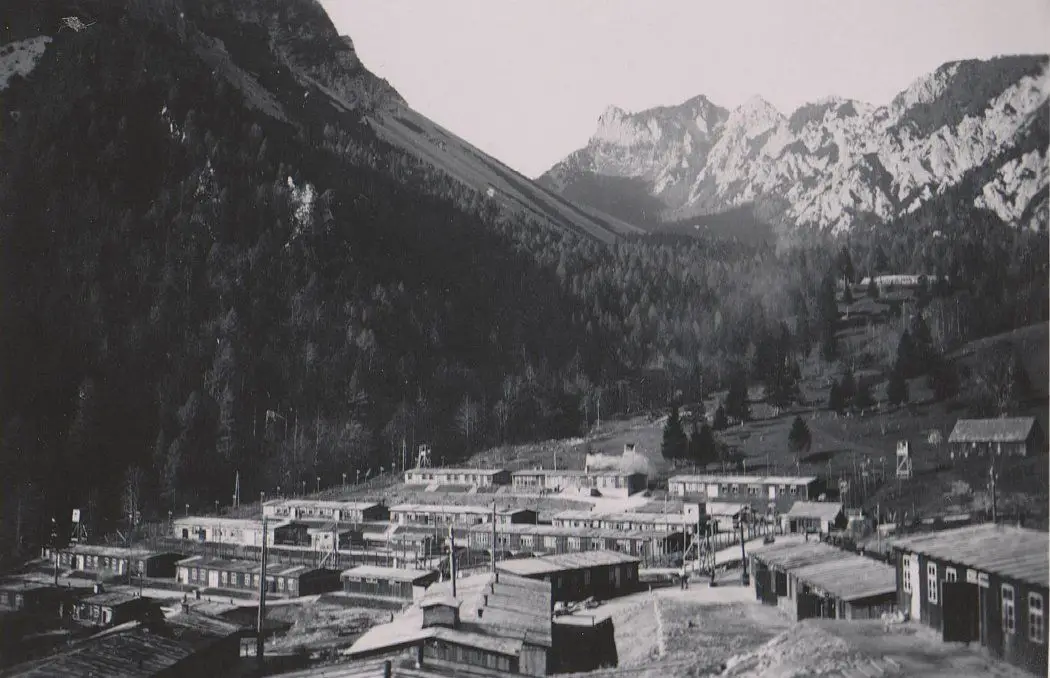
Ljubelj concentration camp
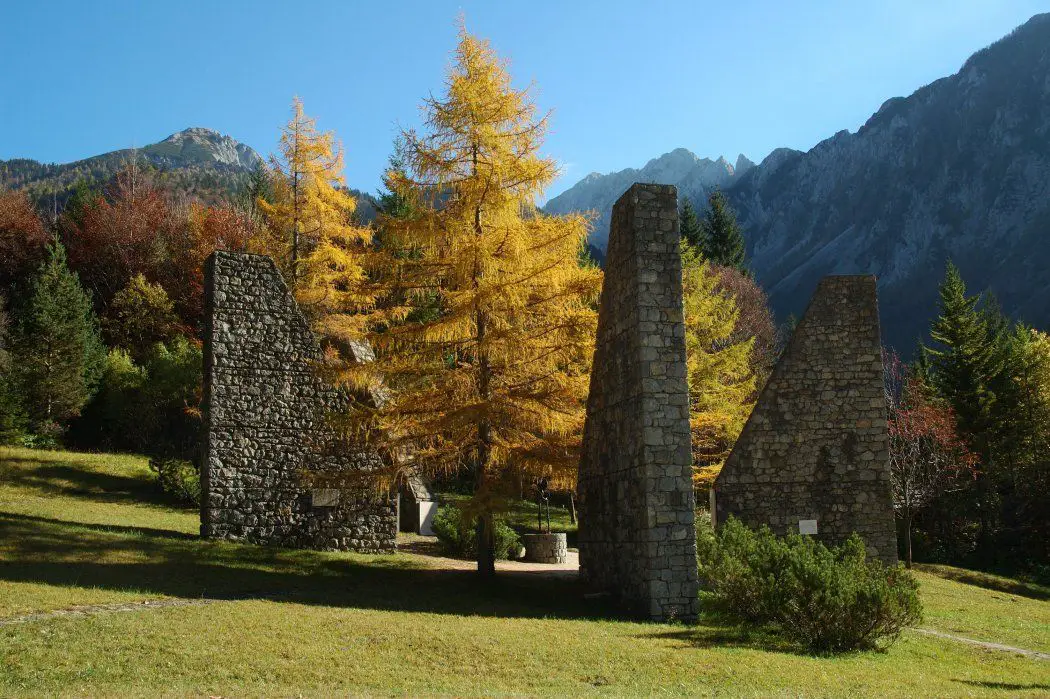
The Memorial
January 28
In 1883 France Krašovec was born in Celje. In 1912 Krašovec moved to Buenos Aires and became one of the most important writers of chronicles on the Slovenian and Yugoslav diaspora in Argentina. Between the years 1941 and 1942 Krašovec published articles on the history of the Slovenes in a newspaper called Duhovno življenje (Spiritual Life).
January 29
In 1782 the Carthusian monastery in Bistra, established in 1255, was shut down following a decree from Joseph the Second of Austria, the Holy Roman Emperor and Marie Antoinette’s brother, which closed all monasteries that were not preoccupied with education or any other socially useful activity. The monks left the premises, which were taken over by the “religious fund”, while the altars and other items from the interior were taken by various Catholic churches. A number of medieval manuscripts and 58 incunabula, books printed before the year 1500, were saved and now kept by the National and University Library in Ljubljana.
(Technical Museum of Slovenia) Bistra

